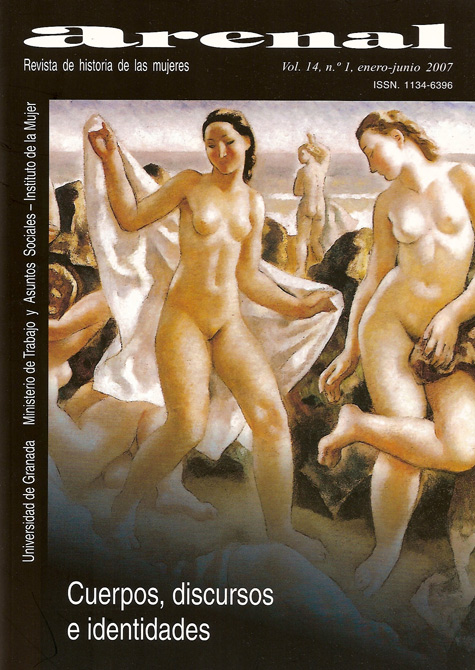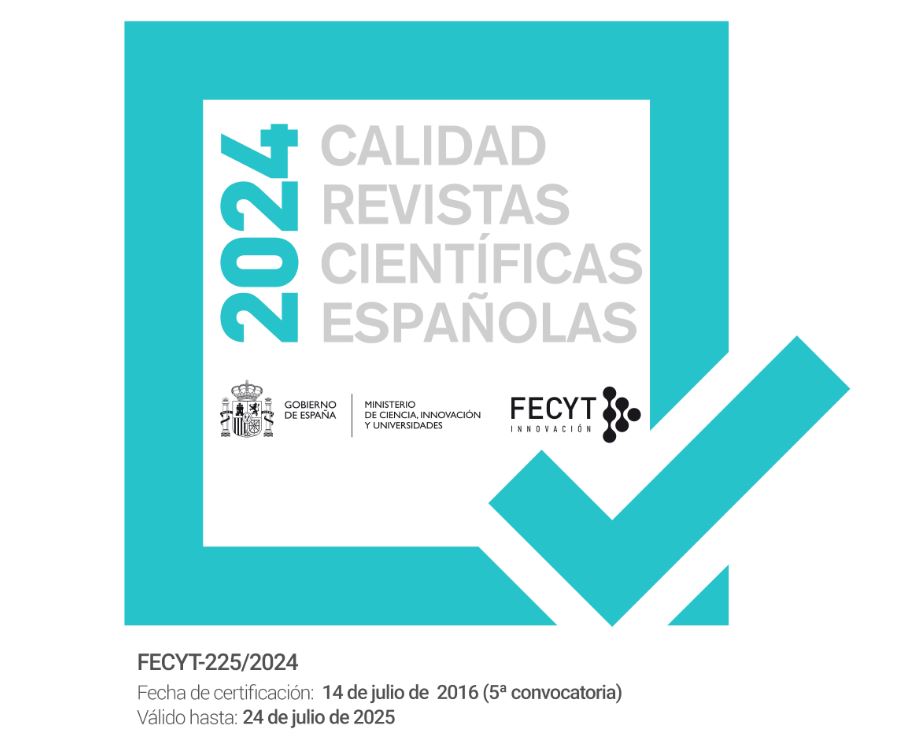Claves identitarias desde la memoria hemerográfica. Mujeres periodistas en la conformación de nuevas libertades (1900-1936)
DOI:
https://doi.org/10.30827/arenal.v14i1.3009Palabras clave:
Prensa femenina, Mujeres periodistas, Fotoperiodismo, Identidad de género, ComunicaciónResumen
A pesar de que durante los primeros años de la pasada centuria, afamadas periodistas colaboraban activamente en publicaciones de prestigio, salvo contadas ocasiones, nunca se vieron obsequiadas con la magnífica publicidad que los periódicos y revistas daban a los escritores. No fue hasta la llegada de la República cuando las mujeres empezaron a destacar dentro del periodismo. Éstas, no lo hicieron sólo como escritoras, sino también como ilustradoras, dibujantes y fotógrafas, las cuales, respondieron a la demanda que surgía en torno a los intereses y las actitudes de un público nuevo, más popular, que empezaba a concebir a la prensa no sólo como un simple medio de información o propaganda política, sino, además, como un cómodo recurso para el entretenimiento donde quedaban expuestos los cambios identitarios acaecidos en torno al rol de los sexos.Descargas
Descargas
Publicado
Cómo citar
Número
Sección
Licencia
Los/as autores/as que publican en esta revista están de acuerdo con los siguientes términos:
Los autores/as conservarán sus derechos de autor y garantizarán a la revista el derecho de primera publicación de su obra, el cuál estará simultáneamente sujeto a la Licencia de reconocimiento de Creative Commons 4.0 BY-NC-ND que permite a terceros compartir la obra siempre que se indique su autor y su primera publicación esta revista.
Los autores/as podrán adoptar otros acuerdos de licencia no exclusiva de distribución de la versión de la obra publicada (p. ej.: depositarla en un archivo telemático institucional o publicarla en un volumen monográfico) siempre que se indique la publicación inicial en esta revista.
Se permite y recomienda a los autores/as difundir su obra a través de Internet (p. ej.: en archivos telemáticos institucionales o en su página web) antes y durante el proceso de envío, lo cual puede producir intercambios interesantes y aumentar las citas de la obra publicada. (Véase El efecto del acceso abierto).














